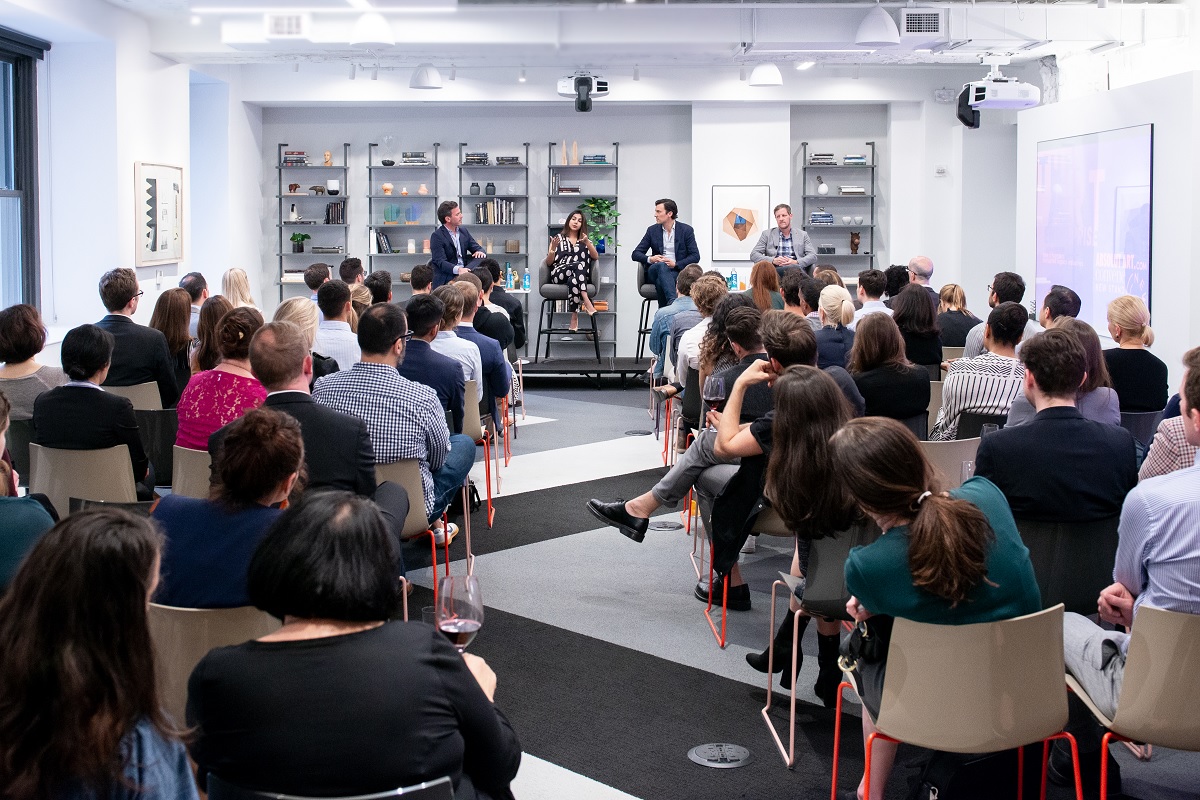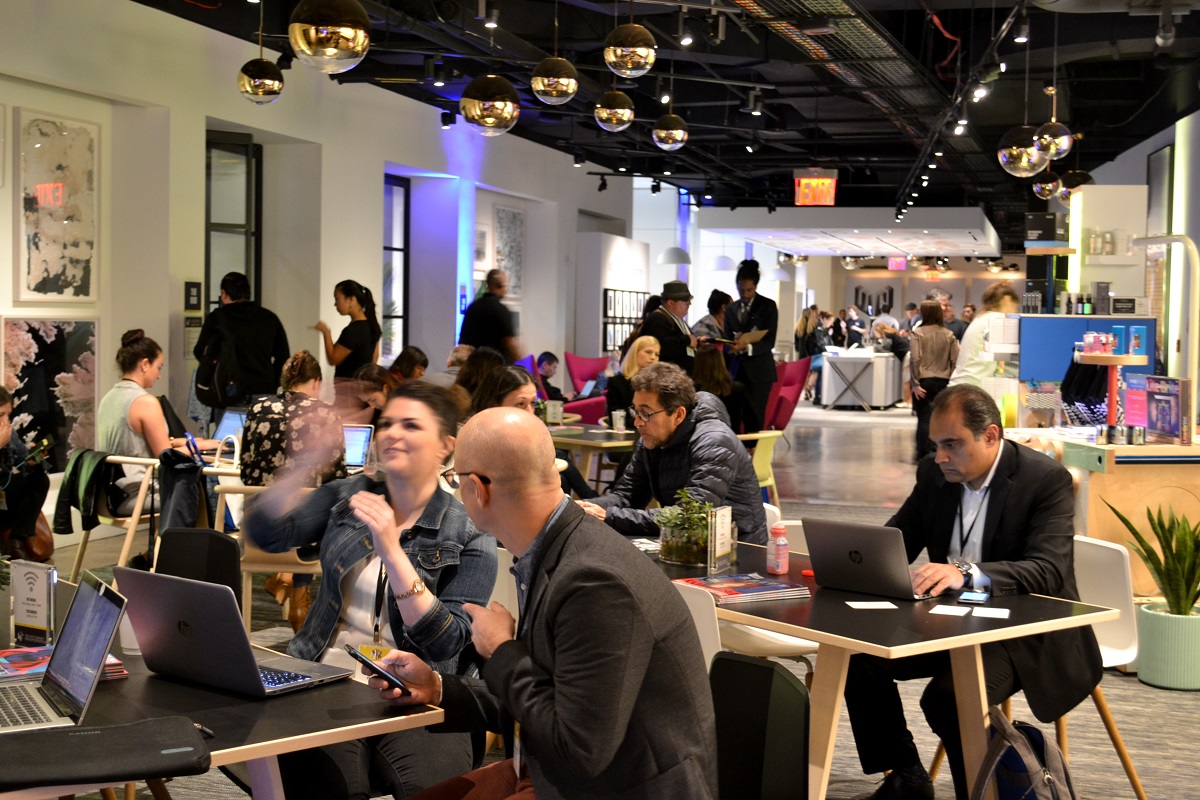Brought to you by:
The role of the corporate event planner today is more important than ever — shifting from a focus on procurement, planning, and logistics to becoming a key orchestrator of unique and memorable experiences.
Meeting planners of the future will need to become community change agents within their respective organizations. Corporate meeting attendees don’t want to feel like they’re at work; they want to have Instagram-able moments to share on social media. They want a moment that they can go home and tell their family about, or a transformative experience that helps improve their day-to-day work life. After holding thousands of town halls, conferences, corporate retreats, board meetings, and events for more than 70% of New York’s Fortune 500 companies, we’ve witnessed the rise of 10 trends and innovations that are taking corporate meetings and events to the next level.
Trend #1: Participants Drive Content
While 75% of healthcare meeting professionals want to have input on the content of meetings they attend, 36% have never been asked to provide agenda or program ideas. Other industries, including technology, have started to see that conference and meeting attendees want more control over their event content and programming. At a recent conference at Convene at 237 Park Avenue, a software company asked the event participants to create the content for each session throughout the daylong event. Initially, the organizers planned a loose agenda based on broad topics. Then, they set up a large, branded wall at the event for attendees to write suggested topics or questions for speakers to address in each session. By using this format, the content of the conference was dictated by attendees.
Quick Tip: Build user-generated content into your event in advance through your event’s registration form, on social media, via the official event app, or on-site using work walls or live polling.

Involve participants in the content planning for more engaging events.
Trend #2: Real-Time Visual Note-Taking
Visual note-taking is “a process of representing ideas non-linguistically,” and is one of the best mediums to capture live events and create memorable experiences for attendees today.
Commonly referred to as “graphic visualization” or “sketch noting,” visual note-taking helps synthesize information conveyed at an event and carves out the most important points by using images to convey those messages simply and effectively. Visual note-taking can help meeting participants digest information in the way that works best for them. Facilitators from companies like Ink Factory can be used at meetings to summarize presentations or guide discussions with a graphic representation. No matter if the presentation is simple or complex, visual notes can be used to more deeply process information as well as communicate it to others with images. For large-event meeting planners, visual note-taking can serve as high quality, shareable recaps that don’t take unnecessary hours of editing.
Quick Tip: Consider having a visual note taker help facilitate your meeting; your audience will synthesize and process the information better!
Trend #3: Pods are the New Rounds
The psychology behind meeting seating matters; where people sit affects everything from how well they engage with each other to how well they absorb information.

Pods get people talking!
Forty years ago, the Harvard Business Review summed up seating psychology as “a status arena where members jostle for influence in the meeting’s hierarchy.” In today’s world, a more collaborative, egalitarian view is the norm, but seating psychology still plays a role in your meeting’s success. Choosing the right arrangement can truly spur productivity and drive problem solving. While traditional round tables work best for meal-centric or social-first events, they are now antiquated when it comes to seating design at most corporate meetings. With the physical comfort of guests being the most important element of meeting seating design, pods should be used whenever possible to ensure participants always face toward the front of the room. Rectangular pods are also best for situations where group members need to be physically close, work together, and feel good about their interactions. Additionally, pods look sleeker when compared to rounds, considering most pods have USB ports, several power outlets on every table, and do not require linen. Choosing the right seating arrangement can mean the difference between a lackluster meeting and a room full of engaged participants.
Quick Tip: Meeting seating matters. Traditional round tables are antiquated (and better off for weddings). Rectangular pods are now considered the best seating style for collaboration and comfort.
Learn about seven more meeting trends in our full ebook, available for download here.
Julie Starr has nearly a decade of professional event planning experience. She currently serves as the manager of learning and development at Convene.





